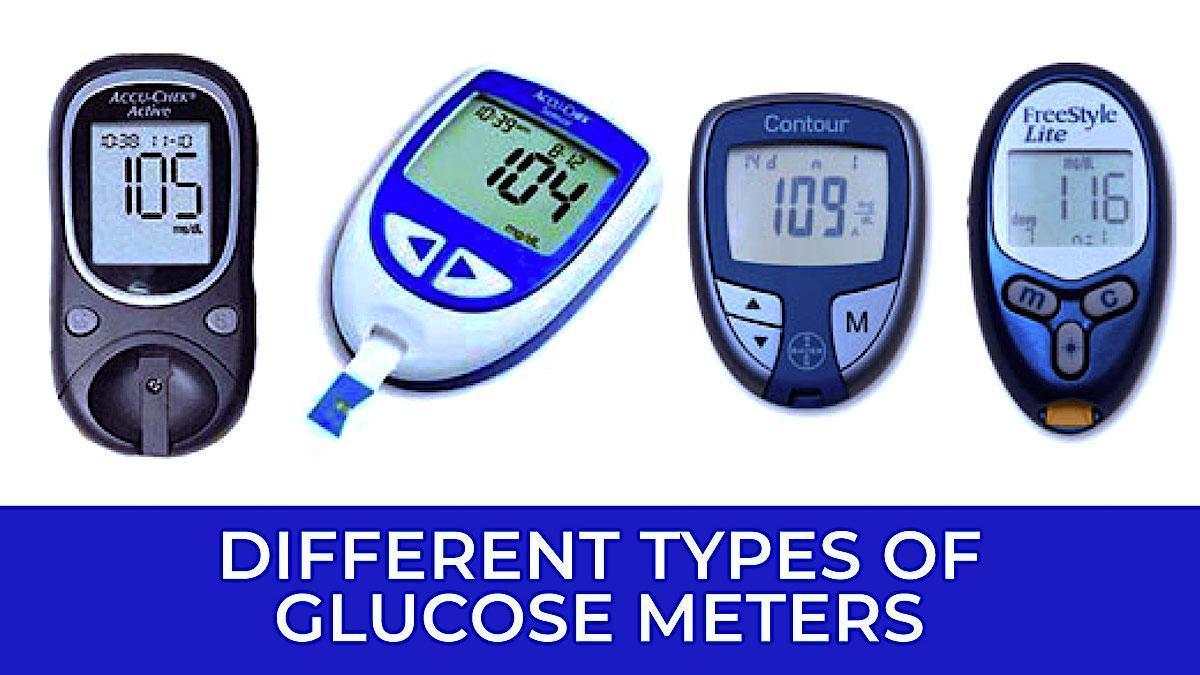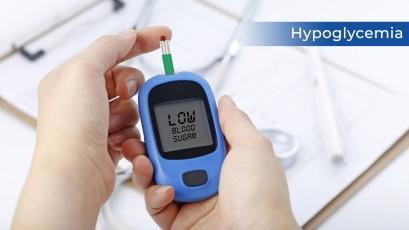Last updated on April 9th, 2022
Diabetes and dengue are two major health concerns that can have severe implications for people and public health systems. While they are distinct diseases, their interaction can complicate diagnosis, treatment, and management. This blog explores the relationship between diabetes and dengue, their impact on patients, and strategies for managing these conditions effectively.

Understanding Diabetes
Diabetes is a chronic metabolic disorder characterized by high blood glucose levels. It occurs when the body either cannot produce enough insulin or cannot effectively use the insulin it produces. There are three main types of diabetes:
Type 1 Diabetes:
An autoimmune condition where the immune system attacks insulin-producing beta cells in the pancreas, resulting in little to no insulin production.
Type 2 Diabetes:
A metabolic disorder where the body becomes resistant to insulin or the pancreas fails to produce enough insulin. This is the most common type of diabetes.
Gestational Diabetes:
A form of diabetes that occurs during pregnancy and usually resolves after childbirth but increases the risk of developing Type 2 diabetes later in life.

Understanding Dengue
Dengue is a mosquito-borne viral infection that causes flu-like symptoms. As stated by the Centers for Disease Control and Prevention, dengue is transmitted primarily by the Aedes aegypti mosquito. Dengue can range from mild to severe, with severe forms including dengue hemorrhagic fever (DHF) and dengue shock syndrome (DSS).
Symptoms
- High fever
- Severe headache
- Pain behind the eyes
- Joint and muscle pain
- Rash
Causes and Risk Factors
Several factors contribute to the spread and severity of dengue.
Geographic Location
According to the data of World Health Organization (WHO), dengue is prevalent in tropical and subtropical regions. Countries in Southeast Asia, the Western Pacific, the Americas, Africa, and the Eastern Mediterranean are particularly affected.
Seasonality
Dengue incidence is higher during the rainy season when mosquito breeding sites, such as stagnant water, are more common.
Poor Sanitation and Stagnant Water Bodies
Inadequate sanitation and the presence of stagnant water bodies create ideal breeding conditions for mosquitoes.
Management and Treatment
Managing dengue involves symptomatic treatment and preventive measures.
Symptomatic Treatment
Pain Relievers: Medications like acetaminophen reduce fever and alleviate pain. Avoid non-steroidal anti-inflammatory drugs (NSAIDs) like aspirin and ibuprofen, which can increase bleeding risk.
Hydration: Maintaining fluid balance is crucial, especially in severe cases.
Preventive Measures
Mosquito Control: Reducing mosquito populations through insecticide spraying, eliminating breeding sites, and introducing biological controls.
Use of Repellents: Apply mosquito repellents on exposed skin and clothing.
Wearing Protective Clothing: Long sleeves and pants reduce the risk of mosquito bites.
The Intersection of Diabetes and Dengue

Increased Vulnerability
Diabetes and dengue interact in ways that increase the vulnerability of affected individuals.
Immune System
Diabetes can weaken the immune system, making patients more susceptible to infections, including dengue. Elevated blood glucose levels impair the function of immune cells, reducing the body’s ability to fight off infections effectively.
Complications
As per the National Institutes of Health, patients with diabetes are at a higher risk of developing severe dengue and complications such as dengue hemorrhagic fever (DHF) and dengue shock syndrome (DSS). These severe forms can lead to bleeding, blood plasma leakage, and potentially fatal outcomes.
Diagnostic Challenges
The co-occurrence of diabetes and dengue presents unique diagnostic challenges.
Overlapping Symptoms
Both diabetes and dengue share common symptoms such as fever, fatigue, and malaise. This overlap can complicate the diagnosis, leading to delays in appropriate treatment. For instance, fever is a hallmark symptom of dengue infection, often accompanied by severe headache, pain behind the eyes, joint and muscle pain, and a rash. However, in diabetic patients, fever can also be a sign of other infections or complications, such as urinary tract infections or diabetic ketoacidosis, making it challenging to pinpoint dengue as the cause without thorough investigation.
Fatigue is another symptom that blurs the diagnostic lines between the two conditions. Chronic fatigue is commonly reported by individuals with poorly controlled diabetes due to fluctuating blood glucose levels. When a dengue infection occurs, it can exacerbate this fatigue, making it difficult to determine whether the underlying cause is dengue or diabetes-related complications. Malaise, a general feeling of discomfort or unease, is similarly non-specific and can result from high blood sugar levels, dehydration, or the systemic effects of a viral infection like dengue.
Moreover, the presence of hyperglycemia or hypoglycemia in diabetic patients can further complicate the clinical picture. Symptoms like excessive thirst and frequent urination, typically associated with high blood sugar, might be misinterpreted as part of a febrile illness like dengue. This can lead to a delay in the correct diagnosis and appropriate treatment, potentially worsening patient outcomes. Accurate diagnosis, therefore, requires a high index of suspicion and comprehensive evaluation, including laboratory tests to distinguish between dengue fever and diabetes-related issues. This overlap underscores the need for healthcare professionals to be vigilant and consider both conditions when assessing febrile diabetic patients.
Misdiagnosis
Complications of diabetes, such as diabetic ketoacidosis, can mimic dengue symptoms, potentially leading to misdiagnosis. Healthcare providers need to be aware of these possibilities to avoid incorrect treatment plans.
Treatment Complications
Managing both diabetes and dengue simultaneously requires careful consideration of medication interactions and diligent monitoring. The overlapping treatments and potential side effects necessitate a multifaceted approach to ensure patient safety and effective disease management.
Medication Interactions
Medication interactions pose a significant challenge in managing patients with both diabetes and dengue. The treatment for dengue often involves supportive care, including pain relievers and hydration, but severe cases might require more intensive interventions such as corticosteroids.
Blood Glucose Management
Treating dengue may necessitate medications that can inadvertently affect blood glucose levels. Corticosteroids, for instance, are sometimes used in severe dengue cases to reduce inflammation and manage complications. However, corticosteroids are known to elevate blood sugar levels, which can complicate the management of diabetes. This necessitates close monitoring and potentially significant adjustments in diabetes medication to avoid hyperglycemia.
Insulin and Oral Hypoglycemics
During dengue infection, patients with diabetes might require adjustments in their insulin or oral hypoglycemic medications. The stress of an acute infection can lead to fluctuating blood glucose levels, demanding more frequent monitoring and flexible dosing of insulin or oral medications. Healthcare providers must be vigilant in adjusting these medications to maintain optimal blood glucose control and prevent complications such as diabetic ketoacidosis or hypoglycemia.
Monitoring
Effective management of both conditions also requires enhanced monitoring to detect and address complications early.
Frequent Monitoring
Patients need frequent blood glucose monitoring to manage the impacts of both diabetes and dengue treatments. Blood sugar levels can vary significantly due to infection-related stress, dehydration, and medication effects, making it essential to monitor levels several times a day.
Hydration and Electrolyte Balance
Dengue fever often leads to dehydration and electrolyte imbalances due to high fever and reduced fluid intake. Maintaining hydration is critical, particularly for diabetic patients, as dehydration can exacerbate hyperglycemia and complicate diabetes management. Intravenous fluids might be necessary in severe cases to ensure adequate hydration and electrolyte balance.
Nutritional Support
Nutritional intake can be affected by the symptoms of dengue, such as nausea and vomiting. Ensuring adequate nutrition is vital for maintaining blood glucose levels and overall health. Healthcare providers may need to provide dietary guidance or supplements to support the patient’s nutritional needs during the infection.
Impact on Health Systems
Increased Healthcare Burden
The intersection of diabetes and dengue significantly impacts healthcare systems.
Hospital Admissions
Patients with both diabetes and dengue are more likely to require hospitalization due to the increased risk of complications. This leads to higher hospitalization rates and longer stays, putting additional strain on healthcare facilities.
Resource Allocation
Managing these patients requires more medical resources, including specialized care, medications, and monitoring equipment. Healthcare systems need to allocate resources efficiently to address the needs of these high-risk patients.
Economic Impact
The combined economic impact of diabetes and dengue is substantial.
Treatment Costs
The cost of managing both conditions can be high. Patients may require multiple medications, frequent monitoring, and potentially intensive care, increasing overall treatment expenses.
Productivity Loss
Extended recovery periods and potential disability can lead to significant productivity loss for patients. This affects not only the individuals but also their families and the broader economy.
Preventive Strategies
For Diabetes Patients
Preventive strategies for diabetes patients focus on regular check-ups and potential vaccination.
Regular Check-ups
Frequent monitoring for early detection of infections is crucial. Patients should have regular health check-ups to identify and manage any emerging health issues promptly.
Vaccination
The development and potential use of dengue vaccines for high-risk populations, including diabetes patients, can reduce the incidence of dengue infections. Ongoing research aims to create effective vaccines that provide long-term protection.
Conclusion
The convergence of diabetes and dengue presents a complex healthcare challenge, necessitating heightened vigilance, timely diagnosis, and tailored management strategies. Diabetic individuals are particularly vulnerable to severe complications from dengue, making proactive prevention and rigorous monitoring essential. Effective management includes careful adjustment of diabetes medications, frequent blood glucose monitoring, and ensuring adequate hydration and nutrition. Health systems must be equipped to handle the increased burden these overlapping conditions place on resources and patient care. Public health efforts should focus on education, mosquito control, and the development of effective vaccines. Ultimately, coordinated efforts between healthcare providers and patients are crucial to mitigate the risks and improve outcomes for those affected by both diabetes and dengue, ensuring comprehensive care and reducing the potential for severe health complications.
FAQ’s(Frequently Asked Questions)
Some key points for managing the high levels of blood glucose can be:
Go physically active. Regular exercise is thought to be an effective way to control your raised blood glucose levels.
Take your prescribed drugs as per the doctor’s guidelines.
Monitor your levels regularly and keep track in a diary.
Follow your diabetes meal plan as directed by your dietician or nutritionist.
Adjust your insulin dosages only as per the doctor’s recommendations in order to control hyperglycemia.
When a person is ill, his or her body releases hormones that may trigger the levels of blood sugar. And this is already a subject of concern when a person suffers from type 2 diabetes.
Infection brings about a stress response in the body by amplifying the number of various hormones like adrenaline and cortisol. These hormones act against the activity of insulin and, because of this, the production of sugar by the body increases, which gives rise to high blood glucose levels.
Dengue results in fever and amplifies the metabolic rate, which may bring about a rise in variation in blood glucose levels. If it is left unmonitored, the risk of such patients developing severe complications increases.
According to various studies, glucose intolerance is often linked to dengue fever in its early course. These observations might assist in the early diagnosis of dengue fever and may permit the escaping of dextrose infusions as a fluid replacement for dengue fever.
Disclaimer
This site provides educational content; however, it is not a substitute for professional medical guidance. Readers should consult their healthcare professional for personalised guidance. We work hard to provide accurate and helpful information. Your well-being is important to us, and we value your feedback. To learn more, visit our editorial policy page for details on our content guidelines and the content creation process.

 English
English











